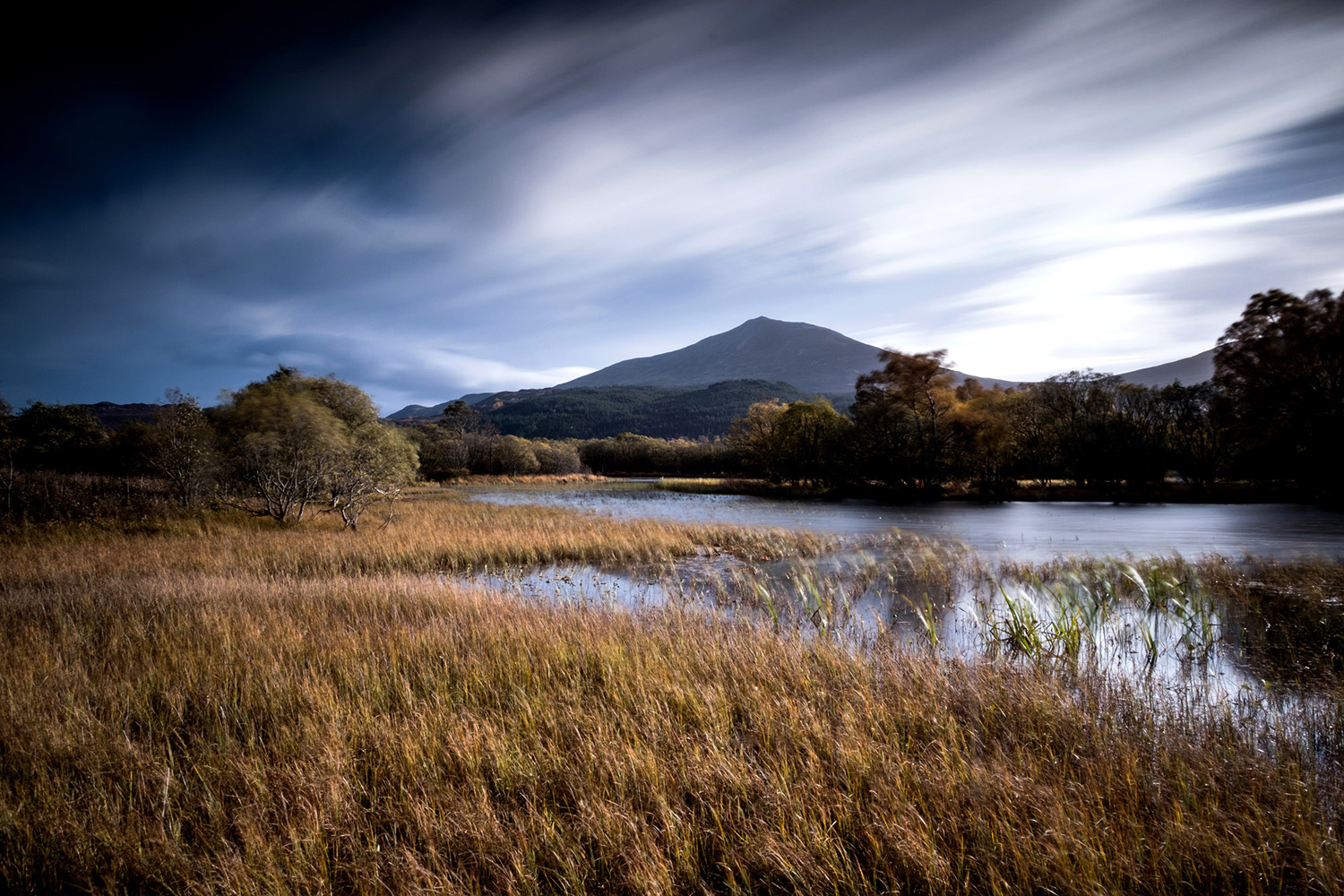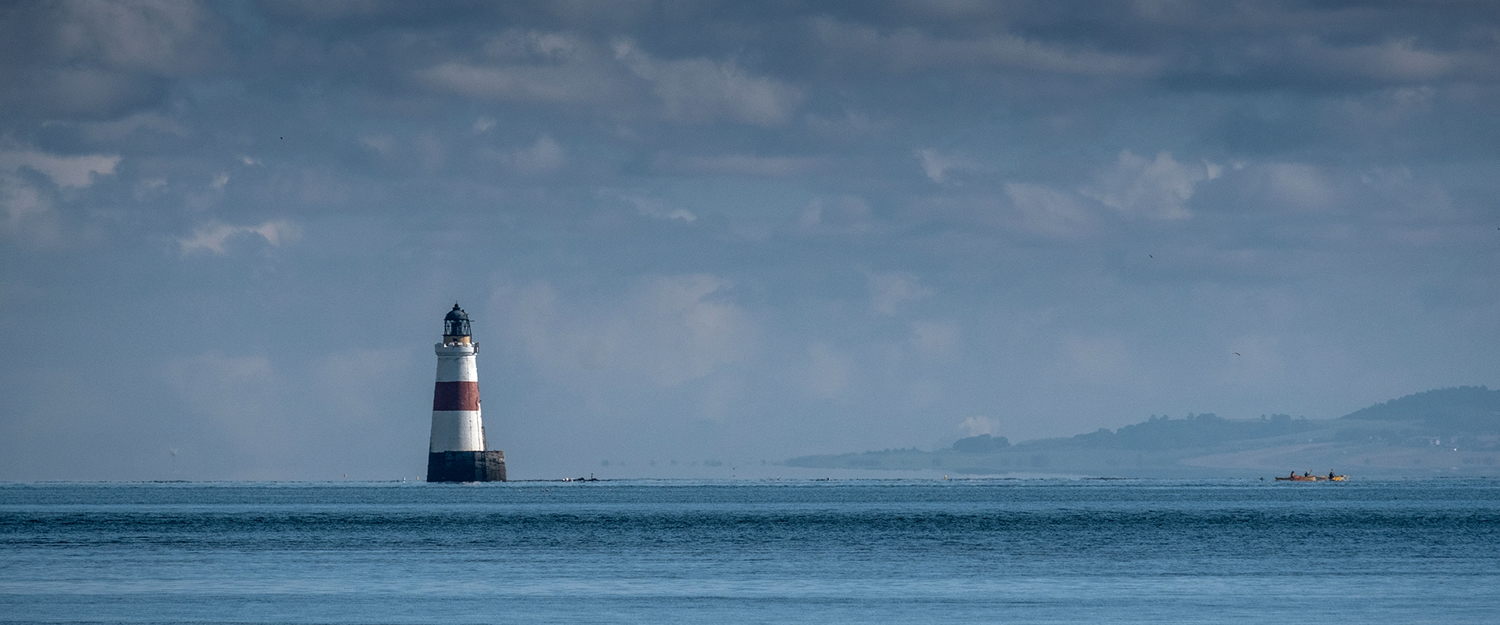Fujinon lenses have an excellent reputation for build and optical quality and with a good selection of focal lengths across the range, there is plenty of choice for photographers to choose from.
One of the questions I am asked a lot during my landscape workshops I host in Scotland is ‘which is better? Zoom or prime lenses?’ My answer is both have advantages and disadvantages and you have to decide which compromises you are happy to live with.
One of the things levelled at zoom lenses is the image quality is not a match for a prime lens. When zooms first made an appearance 30+ years ago this was definitely true but things have moved on.
If you use a ‘budget’ zoom, you might find quality issues at certain apertures and focal lengths. However with a quality Fujinon lens, if you compare a shot taken with a 16mm f1.4 prime and a shot taken with the 16-55mm f2.8 at the wide end of the zoom you will not see any difference. It certainly is a case of you get what you pay for.
For sport I rely heavily on the four XF zoom lenses in my camera bag – the 10-24mm f4, the 16-55mm f2.8, the 50-140mm f2.8 and the 100-400mm f4.5/5.6. This is because in a fast moving environment the versatility of the zoom allows me the flexibility to frame the shot quickly and easily. This is not to say that I am exclusively a zoom lens user in this environment, far from it, but zoom lenses play an important role. I am certainly waiting with great anticipation for the new 200mm f2 telephoto prime that appeared on the roadmap earlier this year!
So what about for landscapes?
Well this is not a fast moving environment and I am able to take my time to find the perfect location and wait for the right light when out in the Highlands of Scotland. So you are probably thinking that primes will be my choice for landscapes?
Actually no. I still prefer the flexibility of a zoom lens to frame the shot, but, again, this is not exclusive. I still like to use the XF16mm f1.4 or XF90mm f2 when I am out shooting landscapes but on the whole it is either the 10-24mm f4 or 50-140mm f2.8 zooms that are bolted to the front of my X Series cameras.
There are two main reasons why I tend to reach for a zoom over a prime.
Going to Extremes – Focal Length
The first reason is choice of focal length. The widest Fujinon prime is the 14mm f2.8, which is a great landscape lens, but I like to go wider and this is where I favour the 10-24mm zoom. Yes, Samyang and Zeiss both make a superb 12mm prime, but the 10mm focal length on the zoom provides an even wider angle while covering the focal lengths of the various primes as well.
I also have the 8mm f2.8 fisheye from Samyang, but this is a specialist lens and is not what I would call a standard landscape optic. Don’t get me wrong, I love this lens, but just not for standard landscapes due to the distortion.
The focal length issue is also the same at the other end of the scale. A telephoto lens is great for isolating detail in a landscape or compressing the perspective, especially on a sunlit, foggy morning.
The longest Fujinon prime, at the moment, is the superb XF90mm f2, which I also have in my camera bag. The 50-140mm f2.8 gives me a bit more pulling power, especially when coupled to the 1.4x converter, and if I need even more, the 100-400mm is ready and able.
Primes have a faster aperture over their zoom counterparts but for landscapes this advantage is on the whole nullified due to the fact I tend to shoot at f8 to f16.
The wider aperture is useful for isolating subjects in the landscape or for close up detail shots but on the whole using a smaller aperture to increase the depth of field levels the playing field between the zooms and primes.
Framing the Shot
The second reason for preferring a zoom is composition. Now I can hear the cries of ‘you can zoom with your feet when using a prime’. Yes, in the main, that is true but there are a lot of occasions when that is not possible.
I remember posting a landscape shot online and one of the comments was the image could be improved if I had moved the camera to the left. I didn’t actually agree with the comment on the composition, but everyone has a right to an opinion. The main problem was if I had moved to the left I would have dropped down a 50 metre cliff to the sea below.
And this is the crux of my argument. It is not always possible to ‘zoom with your feet’ and I like taking shots from dramatic locations such as the top of cliffs or from the shoreline. A zoom allows me to frame the shot in camera with ease.
Fujifilm GFX50S
I have tested the new medium format Fujifilm GFX50S for both landscape and for sport since it was launched earlier this year. Six of my images take at the 2017 24 Hours of Le Mans will be going on display at Fujifilm HQ in Tokyo from the 6th to 16th October.
The GFX is an ideal landscape camera and the lens I favoured on this camera was, unsurprisingly, the 32-64mm f4 zoom lens. This zoom gives an equivalent field of view of 25-51mm in full frame terms and produces stunning images that just jump off the page.
Filters and the XF10-24mm f4
The ultra wide angle of the 10mm end of the zoom can cause issues when using filters. I use the 100mm Lee Filters system and I have never had a problem with vignetting when shooting at 10mm, even when stacking two filters in the holder. My recommendation is to buy one of the good quality 100mm filter systems if you intend using the ultra wide angle zoom.
Conclusions
So those are my reasons for choosing zooms over primes for landscapes. There is no definite answer one way or the other, you just have to chose what works best for you as a photographer.
As I said earlier I am not an exclusive zoom user, I love the five primes I own and use them extensively for my work. However, on the whole, the flexibility and quality of the zoom lenses offered by Fujifilm offers the best solution for my work.


























